SOC compliance consulting and/or auditing for SOC 1, SOC 2, SOC 2+, SOC 3, and SOC for Cybersecurity
Learn what to expect with your engagement lead from kickoff to final deliverable and everything in between.
Differentiate your organization by reporting on controls that increase transparency and build trust with internal and external stakeholders.
A SOC 1 report (Type 1 and Type 2) helps service organizations demonstrate their controls specific to the client’s financial reporting. The report is most applicable when the service provider performs financial transaction processing or supports a transaction processing system. Control objectives are not pre-defined and need to be scoped prior to the reporting engagement or during a readiness assessment. SOC 1 reports are focused on user entities’ internal control over financial reporting (ICOFR). Examples of organizations that should consider a SOC 1 audit include: Cloud ERP service providers, financial services, payroll processing, payment processing, healthcare claims processing and data center colocation.
SOC 2 reports apply more broadly to operational controls covering one or more of the five Trust Services Criteria: security, availability, confidentiality, processing integrity, and/or privacy across a variety of systems. Examples of organizations that should consider SOC 2 compliance include: Cloud service providers (e.g., SaaS, IaaS, PaaS), technology (e.g., FinTech, MedTech, HealthTech), enterprise system housing third party data, IT systems management and data center colocation.
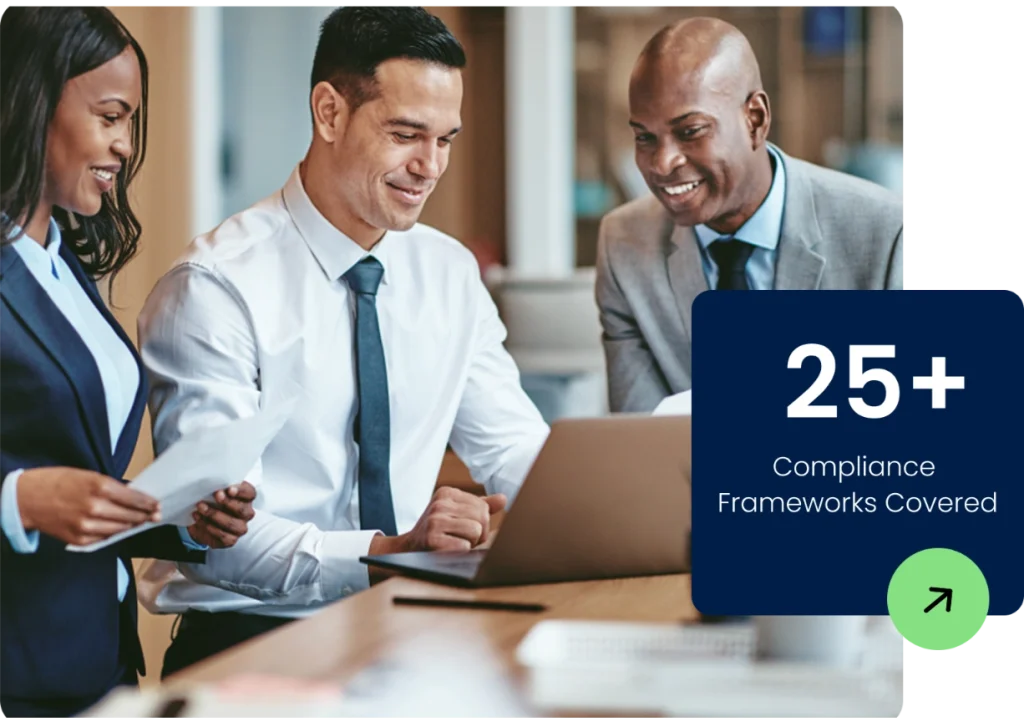
Phase 1
Concerns about security and compliance reporting drive organizations to seek help with review of their procedures before undergoing the SOC compliance audit. The purpose of a readiness review is to identify control weaknesses that need correction. Deliverables from the readiness assessment include:
Phase 2
SOC 1, SOC 2, and/or a SOC 3 examination. There are two types of reporting periods for most SOC reports including a Type 1 (point in time) and Type 2 (specified period of time). Both reports include a description of the overall business and control environment, control objectives, and the supporting control procedures in place to achieve the control objectives.
Deliverables of this phase include a Type 1 or a Type 2 report over any one, or combination of SOC 1, SOC 2, SOC 3 reporting frameworks using the control objectives, AICPA trust services criteria, or other criteria specified by the client.
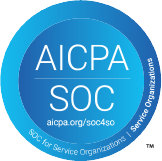
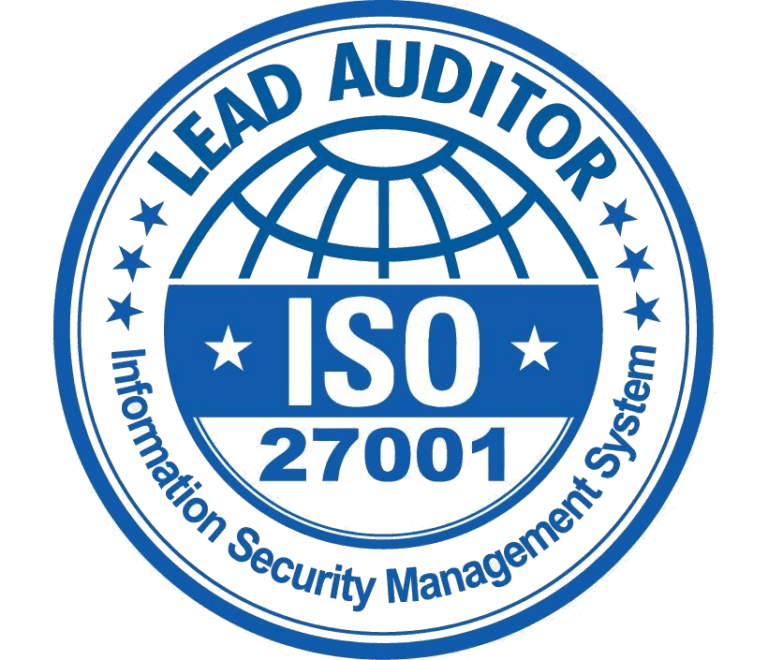
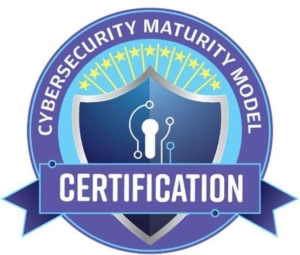
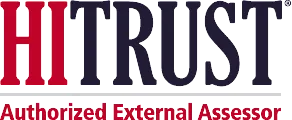
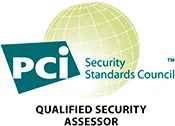

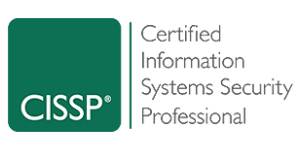
We’re here to help you! Email us at info@BYMpartners.com or fill out the below form

BYM stands for ‘Because YOU Matter.” BYM Partners, LLP offer more than just a service. You gain a trusted partner committed to achieving security and compliance faster, more effective, and stress-free — Because YOU Matter.
© 2025 All Rights Reserved. BYM Partners, LLP
